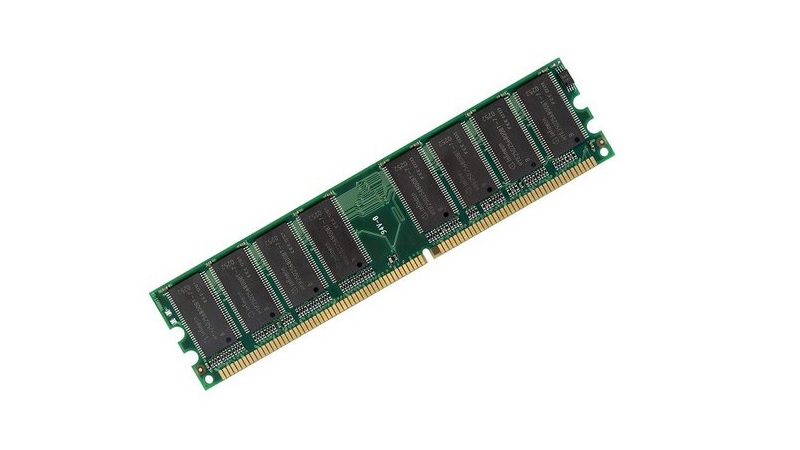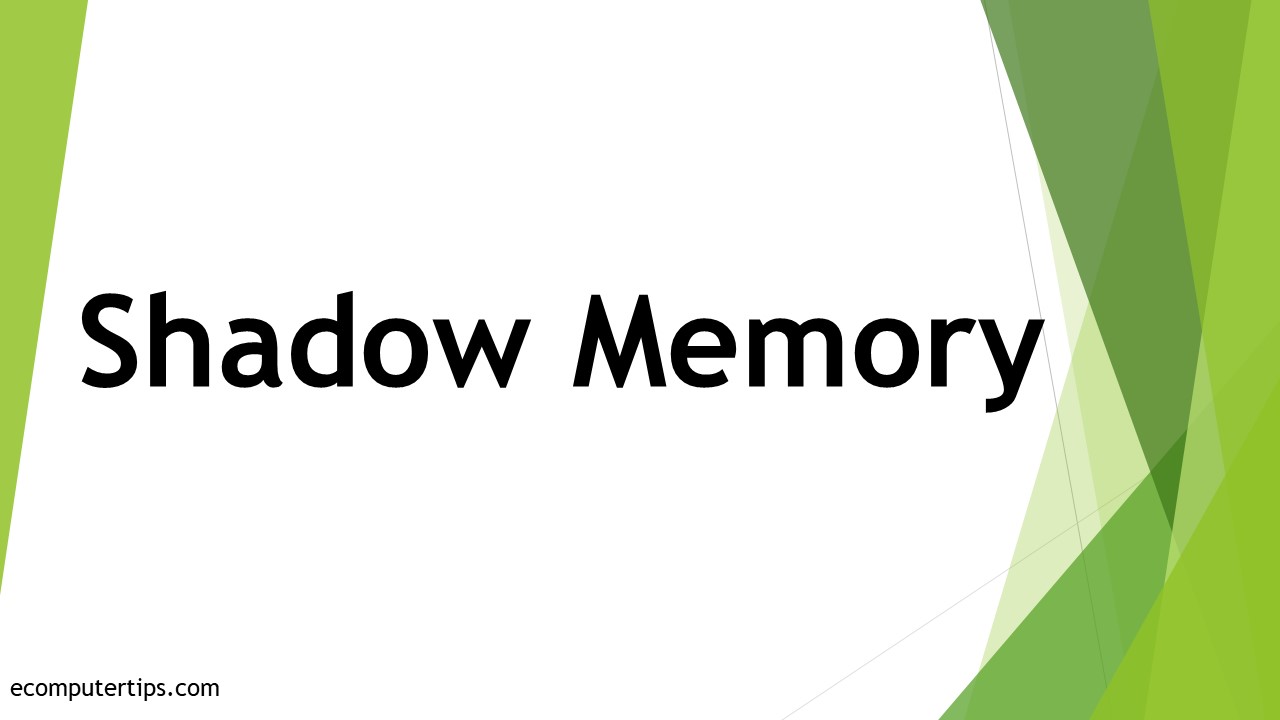In This Article
What is Shadow Memory?
Shadow memory refers to the specific process in which information in the memory of the computer is stored and tracked in shadow bytes during the execution of a program but is invisible to it.
Technically, this is the process in which shadow bytes are mapped onto each bit or one or a couple of bytes in the main memory of the system and are used for recording information about the original set of data.
KEY TAKEAWAYS
- Shadow memory is a process that keeps track of the memory of the computer used by a program during execution.
- Shadow memory is usually a RAM residing at the same address as the ROM.
- This specific memory is fast and can be modified easily.
- This specific memory is made up of shadow bytes that help in guiding through the singular bits in the main memory.
- The shadow bytes in this section of the memory follow the memory bytes used during a program execution like a shadow, and hence the name.
Understanding Shadow Memory

Shadow memory refers to a section of the main memory of the computer, which is used to store information about other portions of it.
It is actually a part of the main Random Access Memory (RAM), which is found at the same location as the Read Only Memory (ROM).
Ideally, it signifies the copying of the contents of the memory so that the Central Processing Unit (CPU) can access them quickly. This is actually more of a use of memory than a type of memory.
This process is also referred to by different names, such as:
- Shadow BIOS ROM
- Shadow RAM
Reasons to use
The main reasons for using a shadow memory are:
- It is fast.
- It allows modification.
- It allows keeping track of the parts allocated by the program.
It typically duplicates or shadows the part of the memory being used or tested for using it more like a checksum or Error Correction Code (ECC) to confirm that no unpredicted variations have occurred.
Techniques
Typically, memory shadowing, or duplicating, may be done in two specific ways, such as:
- By direct replication, bit by bit
- By indirect shadowing based on the specific nature of the software used
Messages
A few specific types of messages are displayed during the first boot of the computer system that indicate parts of the memory are being copied or shadowed. These are:
- System BIOS shadowed
- Video BIOS shadowed
Depending on the setup of the BIOS of your computer, you may disable or enable this feature.
However, it is recommended to leave it enabled because disabling it may cause some specific issues with the operation of the computer system.

Uses
Uses for shadow memory include:
- Identifying any mishandling or misallocation of memory
- Detect improper memory management
- Prevent memory corruption
- Identify unintended behavior
- Prevent system crash
- Prevent buffer overflows
- Avert arbitrary code execution
- Resolving memory issues in big and complicated applications to save time
- Detecting, reporting and analyzing incorrect memory accesses
- As a data race detector
- Tracking values with bit precision
- As a clang compiler
How Does Shadow RAM Work?
Shadow Random Access Memory works a bit differently from shadow memory. It resides on a RAM stick and comes with a duplicate Basic Input Output System version in it to store information.
In this, the non-RAM data is loaded into the RAM, which stores and tracks information and maps individual bits into bytes.
In addition to that, it operates at an enhanced access speed, which helps the computer to boot up quickly and also ensures that the BIOS is not erased ever.
Conclusion
Through this article, you are now knowledgeable about shadow memory, which is a specific process to utilize the system memory by duplicating a specific section of it.
It helps a program to identify the memory issues experienced and rectify them. It is called shadow memory as it follows the bytes consumed during execution.